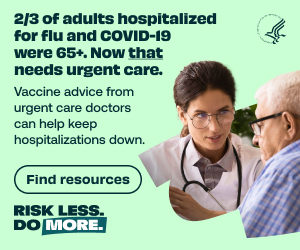
Answer: D
Noninvasive positive pressure ventilation (NIPPV) refers to the administration of positive pressure ventilatory support without using an invasive artificial airway such as an endotracheal tube. The use of noninvasive ventilation has markedly increased over the past two decades, and noninvasive ventilation has now become an integral tool in the management of respiratory failure. NIPPV has been shown to decrease the work of breathing and improve respiratory mechanics evidenced by improvement in tidal volumes, decreased respiratory rate, improved serum pH, and lowered PCO2. Several studies have shown that NIPPV can decrease the need for endotracheal intubation, shorten hospital length of stay, lower complications rates, and improve survival in selected patients with respiratory failure.
Proper fitting of the mask (A) is a key component to successful noninvasive ventilation. Typically, the smallest mask providing a proper fit is the most effective. Air leaks may lessen effectiveness, but it is also important to avoid excessive pressure to prevent pressure necrosis and skin breakdown. In bilevel positive airway pressure (BiPAP) there is a continuous steady positive airway pressure maintained throughout the ventilation cycle (expiratory positive airway pressure, also known as EPAP or CPAP) to improve alveolar oxygen exchange. The inspiratory positive airway pressure (IPAP) increases solely during inspiration to supplement ventilator mechanics. Therefore, the inspiratory pressure (IPAP) is greater than the expiratory pressure level (EPAP) in BiPAP. The expiratory positive airway pressure (EPAP) is synonymous with positive end-expiratory pressure (PEEP).
Reference
Lightowler JV, Wedzicha JA, Elliott MW, et al. Non-invasive positive pressure ventilation to treat respiratory failure resulting from exacerbations of chronic obstructive pulmonary disease: Cochrane systematic review and meta-analysis. BMJ 2003;326:185–190.
Vrocher D, Hopson LR: Basic Airway Management and Decision-Making, in Roberts JR, Hedges JR, Custalow CB, et al (eds): Clinical Procedures in Emergency Medicine, ed 5. Philadelphia, Saunders, 2010, (Ch) 3:p 51-68.







